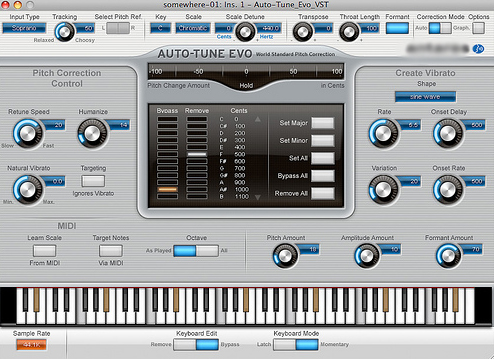 QUEZON City, Philippines (January 7) – “Sounds robotic”.
QUEZON City, Philippines (January 7) – “Sounds robotic”.
The above statement concerns many popular songs of this age, for they sound more like machines rather than the voice or instruments of the artist. Along with synthesizers and mixers,the auto-tune conquered the pop scenery, making the supergroup artists sound better than ever, bending realities to elevated expectations.
Originally, the auto-tune is meant to correct pitch or tone inaccuracies.This happens when the processor shifts the pitches to the exact pitch of the nearest tone. Sounds useful, but, as heard and observed by all, many stars have taken the use of it at significantly unbelievable levels. The pitch leaps are easily noticed, because there are no transition keys that would make the alterations sound smooth.
Admittedly used by Snoop Dogg, Britney Spears and Lil Wayne, auto-tune has been perceived by music critics as an indication of inability to sing on key. Even Simon Cowell, one of the bosses of the program The X Factor, banned the use of it on future episodes after the organizers admitted on utilizing the tool.Time Magazine listed Auto-Tune in their list of “Top 50 Worst Inventions”, and the list of criticisms continues to grow.
 To make it true to all, there’s no short cut when it comes to achieving perfection. If an artist or singer wants to have the perfect, on-key performance, then practice, lessons and rehearsals are the only way to covet the always elusive superb quality voice. Performers are made, not born. It’s people who made machines, not the other way around.
To make it true to all, there’s no short cut when it comes to achieving perfection. If an artist or singer wants to have the perfect, on-key performance, then practice, lessons and rehearsals are the only way to covet the always elusive superb quality voice. Performers are made, not born. It’s people who made machines, not the other way around.
(written by Rex Felix C. Salvador, edited by Jay Paul Carlos, additional research by Lovely Ann Cruz)








